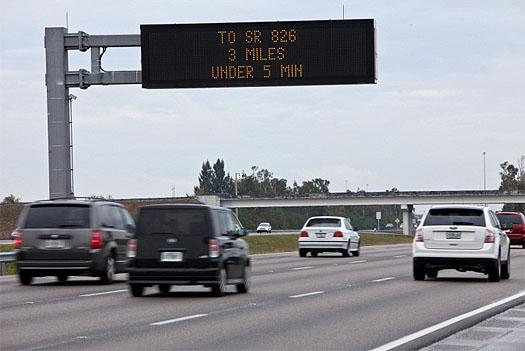
Disaster Management Manual
A manual for practitioners and decision makers!

Disaster Management Manual
A manual for practitioners and decision makers!
Most disasters are characterized as short or no-warning emergencies, such as a sudden major storm or other severe weather event, airplane or train crash in occupied areas, earthquake, flash flood or terrorist threat. The less frequent, but usually more devastating events are prewarned disasters, such as a hurricane, tsunami, major river flood, or major spreading fire. The response to these levels of disasters can be very different.
When the transportation system itself is not materially impacted, by a pandemic for example, the transportation system becomes a set of tools for responding agencies. Highways, buses, trains, and even ships and airplanes become a means of avoiding or evading the emergency. As far as traffic operations, and ITS in particular, are concerned, the following are actions that transportation managers can take to assist disaster managers:


When the transportation system is directly impacted, it is less effective in serving the disaster and its managers. This is when preplanning and preparation within the transportation agency are so important. For example, the Florida DOT and several seaside urban areas of the state stockpile traffic signals and generators so they can replace downed signals and control restored ones in the absence of commercial power. PCMS can temporarily replace downed DMS. Portable HAR units can be used for a similar purpose, but these have to be supplemented by fixed signage informing travelers of the HAR station.
There is a need for interagency communications among TMCs, EOCs, and FCs. Unfortunately, this is not always fully achieved because transportation agencies, disaster managers, and security people have different responsibilities and authorities that may seem at odds without structured coordination and open, nonproprietary communication protocols. Open interoperability standards have not been fully achieved in many parts of the world for various reasons.
Equal arguments can be made for including law enforcement dispatch centers in this mix. These groups could communicate by telephone and the internet, but direct electronic linkages for data and information sharing would be better. 1